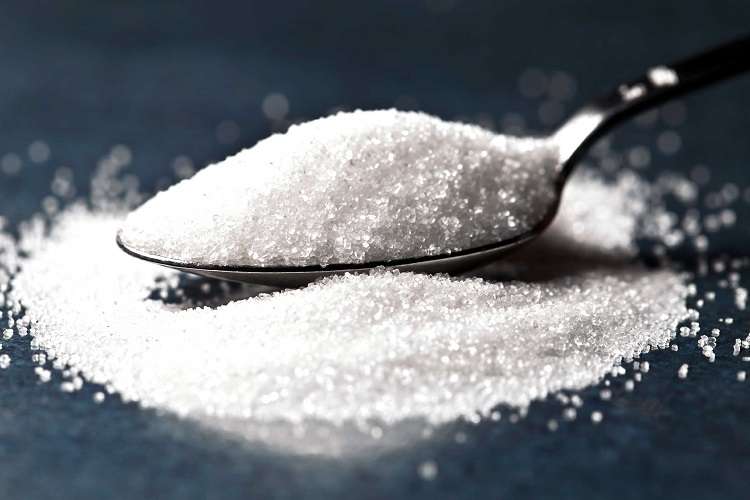Having diabetes means a need for increased vigilance in regard to your diet and lifestyle. When you are diabetic, your body’s ability to regulate sugar in the blood is in a state of compromise, and thus adjustments to your daily routine become necessary.
This likely involves regularly checking blood sugar levels, and paying closer attention to what and when you eat. Failing to comply with what your body requires as a diabetic could lead to disastrous outcomes, including blindness, amputation, or heart disease.
Thus, it becomes imperative that you manage your blood sugar levels and keep them within an optimum range. This will allow the kidneys, liver, and pancreas to function normally and avoid catastrophe.

It comes as no surprise that diet can modulate the symptoms of diabetes. In fact, the cause of type 2 diabetes can generally be traced back to poor nutrition and/or lifestyle.
Thus, the road back to normal health is paved with correcting dietary wrongdoing. While you contend with the symptoms of diabetes, it is important to be taking medication for blood sugar management. This will ensure that blood glucose is mediated within a normal range.
Sugary Carbonated Drinks
The rise of obesity and type-2 diabetes has increased in lockstep with the increase in consumption of sugar-sweetened soft drinks. Beverages like these represent the largest single food source of calories in the US diet, which should tell you something about just how fundamentally different they are from something you should put in your body.
These drinks epitomize the willingness of companies to exploit that which we find innately and superficially pleasing but corrosive to long-term health in the name of profit. This is a recurring motif to be found not only throughout the food industry, but also threaded through life itself.
Fruit Juices

Fruit juices are perhaps just as antagonistic to your overall health, but are even more insidious since they hide under the guise of healthiness. Research shows that fruit juices are unlikely to be better alternatives to soda, and exhibit a similar positive correlation to diabetes onset.
Just because the bottle is green or has a stamp that guarantees its organic status should not be taken as evidence for the dietary benefit of fruit juice; in most cases this is merely indicative of the company’s marketing effort evolving to target customers that strive to make healthy purchases.
You may be curious as to why fruit juice is unhealthy, while sure of the conviction that fruit itself is. The reason for this disparity is due to the respective absence or presence of fiber. Dietary fiber represents the indigestible portion of fruits and vegetables, which elicits a normalizing effect on how our bodies metabolize the sugars found within plant foods. This fiber is removed in the industrial processing of fruit juice, and the result is unstable rises in blood sugar upon consumption.
The relative stability that a food has in terms of its glucose response is referred to as its glycemic index. Foods with a low glycemic index are often the unprocessed, healthier alternatives, while high glycemic indices denote foods that are more of a risk to blood sugar levels and thus diabetics.
If you like fruit but would rather drink it, smoothies that retain the original fiber content are far superior alternatives to juice that has been processed. Even though juicers enjoy a reputation as useful tools for the health-minded, the fiber is still removed, rendering blenders a better appliance for long-term health.
Refined Carbohydrates

These are types of carbohydrates that have been separated from their fiber for the sake of optimized production or storage costs. After being stripped of fiber content, these breads and grains elicit much the same response within the body as juice without fiber. They too rank highly on the glycemic index scale.
Marketers also cash in on the general failure of people’s ability to distinguish between “whole-grain” and “multi-grain”. Breads are often labeled multi-grain, but may still be made with the same pernicious, high-glycemic ingredients.
The term “multi-grain” says nothing in the way of how much soluble fiber is in the final product. The best course of action is to always read the label carefully in spite of how deceitfully healthy the packaging looks.
More Considerations on Bread

Further reason for being cautious about consumption of wheat-based products pertains to the abundant use of pesticides on them, particularly Roundup. Research shows a correlation between autism prevalence and use of Roundup on crops.
This knowledge generally escapes public knowledge in spite of its massive implications. Roundup bio-accumulates with each successive level of the food chain, which means a breast-feeding mother may pass on harmful particles to her child unknowingly.
Anything With Refined Sugar
This can range from salad dressings to candy bars, as companies add sugar merely for the sake of making the product taste better. Thanks to the handiwork of the sugar lobby, there is no recommended daily intake listed on a food’s nutrition facts box. For best results, aim for less than 25 grams of refined sugar per day.









































